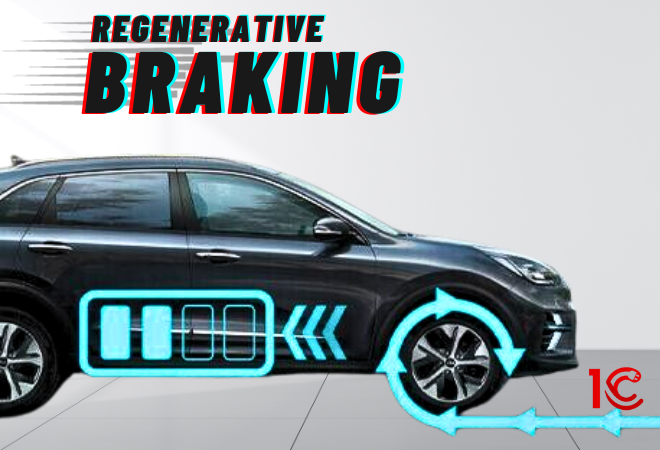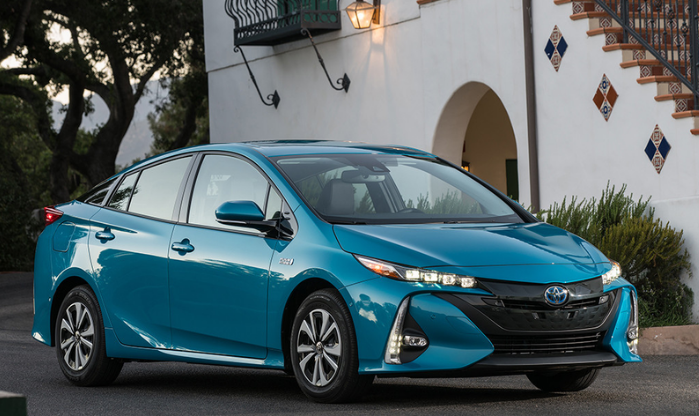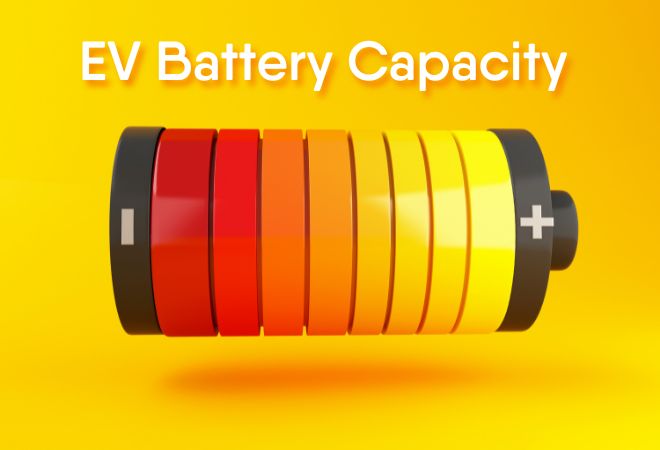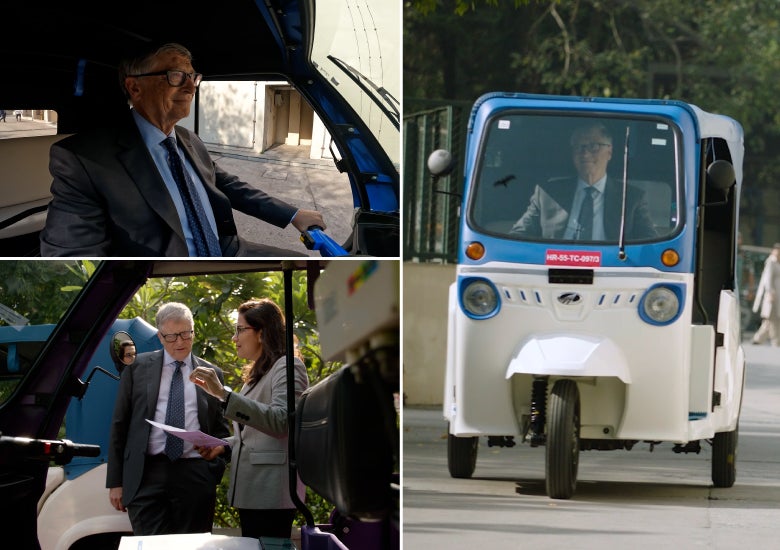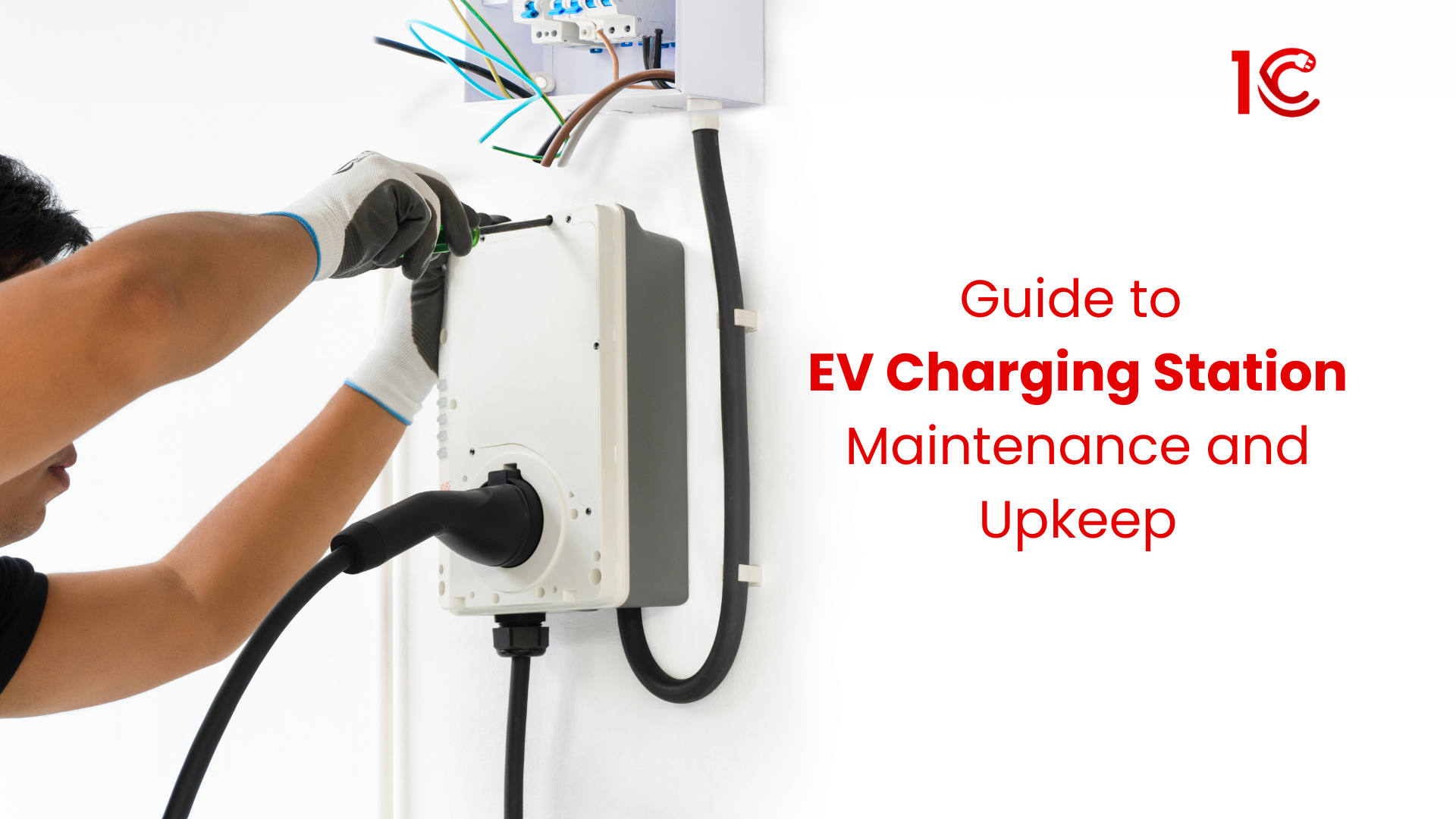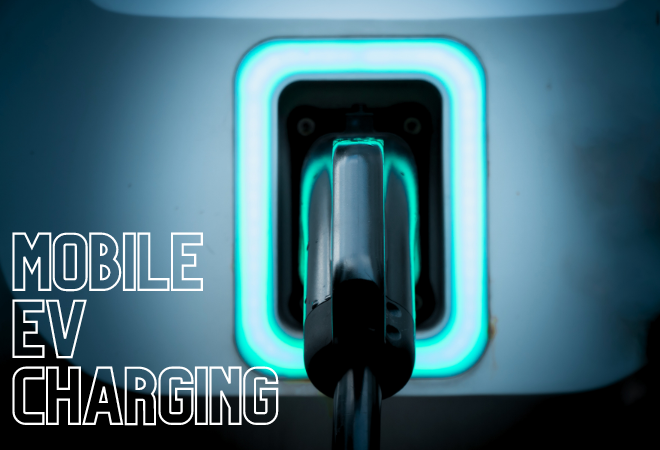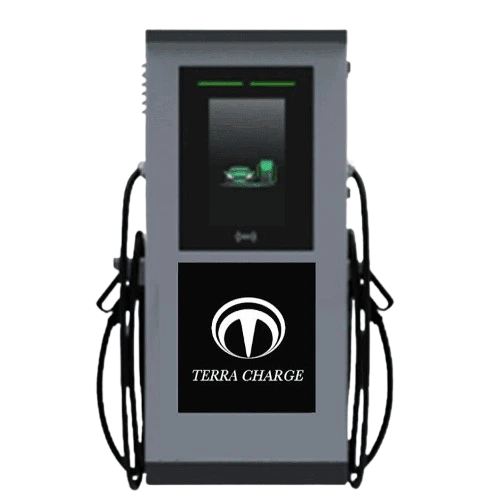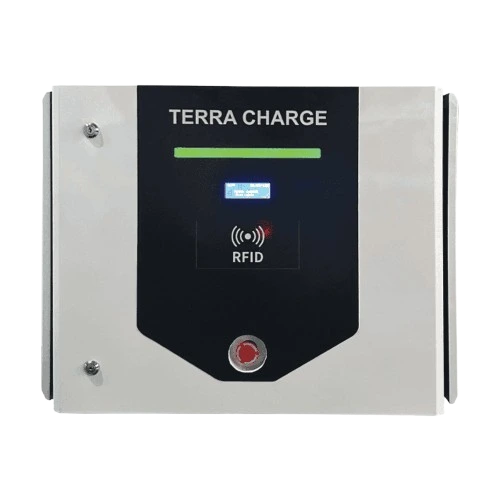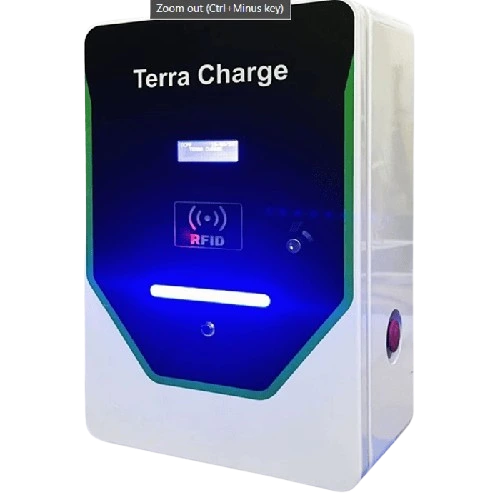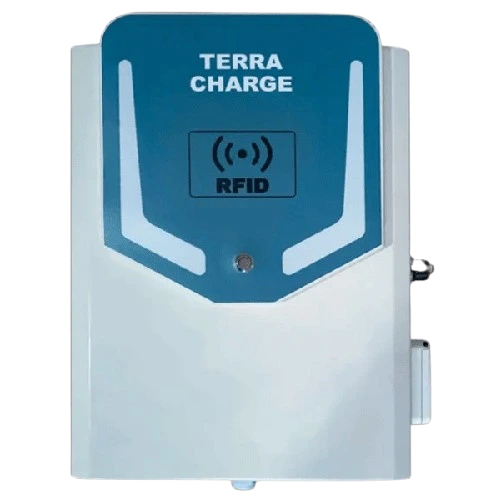Suppose your EV car is not just slowing down when you take your foot off the pedal but helping to charge itself. That’s where regenerative braking comes in for electric and hybrid vehicles. It’s like a short self-charging span that turns braking energy into power for your vehicle. Regenerative braking is a unique technique that is used in EVs to capture the energy that the vehicle has due to its motion.
What is Regenerative Braking?
Regenerative braking is a process used in some vehicles. When the driver applies the brakes, instead of slowing down, the system also captures and stores the energy usually lost as heat. This captured energy is then converted into electricity, which can be used to recharge the vehicle’s battery. Regenerative braking acts like recycling the energy that would otherwise go to waste during braking. This helps increase overall energy efficiency and extends the driving range of electric and hybrid vehicles. This happens because the electric motor in these cars can spin in two ways.
One way helps the electric vehicles move forward, and the other way turns the motor into a generator when you slow down. When you brake, part of the energy goes to the battery, and the rest helps the brakes stop the car. People sometimes call this “B mode.”
Kinetic energy is the energy that an object has when it’s moving. Cars have a lot of mass, so they have a lot of kinetic energy. When you brake in a regular car, the energy becomes heat, and most of it is lost. But in electric cars, they use it to power the battery.
So, when you take your foot off the brake, the car slows down, and the motor turns that slowdown into more power. The car may be stopping on its own. Some cars let you adjust how much regenerative braking happens. EVs show this on a gauge in the dashboard so you can see how much power you’re saving each time you stop.
Efficiency of Regenerative Braking In Electric Vehicles
All electric cars and hybrids use an energy called regenerative braking. Its efficiency depends on a few factors.
Firstly, if the car is new, it’s likely to have a better regenerative braking system. Some vehicles can save up to 70% of the energy usually lost when you brake.
How fast and how much you brake matters, too. If you often stop and drive in traffic, the system can save a lot of energy. But if you mostly drive on the highway without stopping much, saving energy is harder.
You can save more energy by slowing down from high speeds, like coasting down from 70mph. Some people have even recharged their cars by towing them, but it’s not a good idea to do it often.
To save the most energy, you need to brake at a certain speed. It might feel slower than braking in a regular car. If you do it right, you can add a bit more range to your car, especially when driving in the city. But it can’t fully recharge your car.
How Does Regenerative Braking Work?
In regular cars that run on gas, braking makes a lot of energy go to waste.
With regenerative braking in electric cars, when you take your foot off the accelerator pedal, the electric flow from the battery to the motor stops. But, the spinning part of the motor (called the rotor) keeps spinning along with the moving wheels of the car.
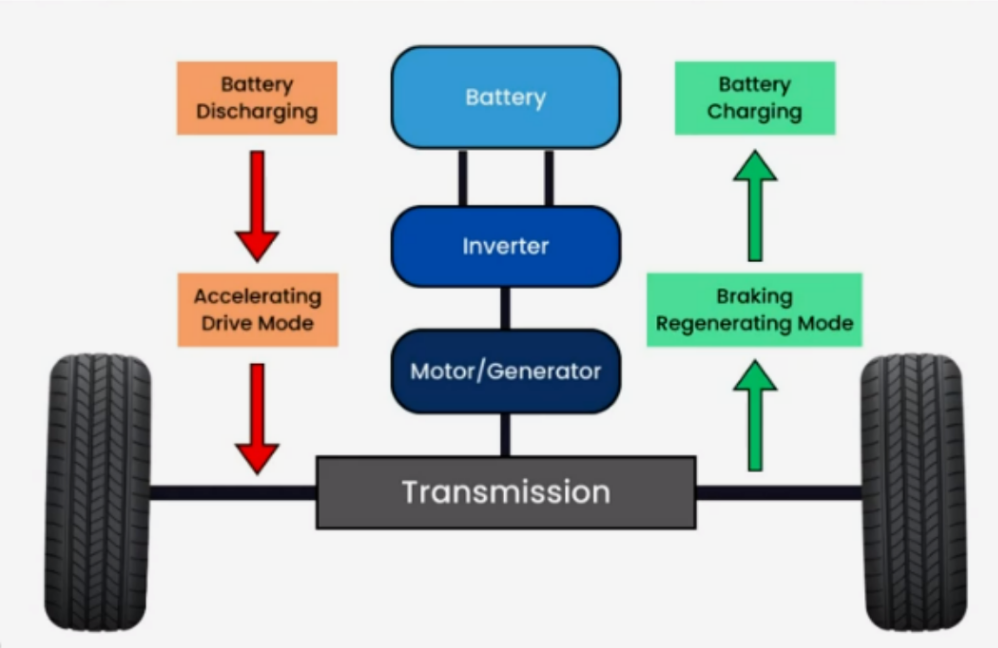
Since there’s no more electricity flowing from the battery, the motor becomes like a generator. It takes the energy from the spinning rotor and puts it back into the battery. At the same time, the rotor slowing down helps the car slow down, too.
Electric cars still have regular brakes, but they are like backups. They come into play if the motor has a problem if the car is going too slow for the generator to work well, or if the car needs to stop really quickly at very high speeds.
Electric cars use “torque blending” to find the right balance between regular brakes and regenerative braking. This smooths the braking, and most electric car drivers don’t notice the difference.
Advantages of Regenerative Braking
- Regenerative braking saves energy by reusing the power generated during braking instead of letting it go to waste.
- For electric and hybrid cars, it helps them go longer distances on a single charge by making better use of energy.
- It can lower the overall costs of running a vehicle by reducing the need for frequent charging or refuelling.
- Because it uses energy more efficiently, it’s better for the environment by cutting down on energy waste and reducing emissions.
- It’s a clever way of braking because it slows down the vehicle and turns that energy into something useful.
Limitations of Regenerative Braking
- Regenerative braking works best in cars with all-wheel drive, where all the wheels benefit from it. In vehicles without all-wheel drive, some wheels don’t get the advantage.
- When you need an emergency stoppage, regenerative brakes may not work as well. Regular brakes are much better in these urgent situations.
- The effectiveness of regenerative braking depends on how powerful the electric motor is and how much energy the storage system can hold.
- Only electric and hybrid cars have regenerative braking. Regular vehicles can’t use this system because they need electric motors, and trying to add it would be tricky and expensive.
Conclusion
Regenerative braking is a smart way for electric and hybrid cars to save energy when braking. It helps these cars go farther on a single charge, making them more practical for everyday use. While it adds a smooth and enjoyable driving experience, it’s important to note that regenerative braking works best in certain conditions and has some limitations. Overall, it’s a beneficial technology embraced by major car companies for its efficiency and positive impact on electric vehicle performance.
Related Articles >>>
Too many charging Apps, RFID cards, & wallets! 1C EV CMS launches No APP CMS for EV owners. While the availability of
Indroduction: Delhi NCR’s EV charger story is one of rapid growth. Spurred by government incentives for electric vehicles, EV sales have taken
Right EV charger for your vehicle is important to ensure good performance. Navigate via various types, and key factors to consider when choosing an EV charger.
Choosing between a new or used electric vehicle? Assess factors like budget, range needs, and battery condition for a wise decision.
Understand how EV battery capacity matters in Ev performance and range. How to calculate Battery Capacity and the use kWh in Charging Battery.
Key Insights E-Rickshaws Reshape Urban Transport: E-rickshaws address pollution and congestion, transforming India’s urban mobility and bridging last-mile gaps. Economic and Environmental
The maintenance of EV charging stations are integral for EV ecosystem. Inspections, preventive & responsive repairs, can ensure stations function properly.
Mobile EV Charging brings convenience with flexible charging options, reducing range anxiety and offering on-the-go charging solutions.


